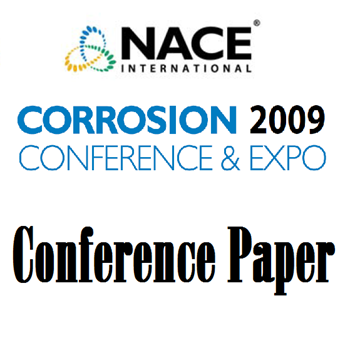Search
97130 SLOW STRAIN RATE TESTING OF CARBON STEEL IN SOLUTIONS WITH HIGH NITRATE CONCENTRATIONS
Also Purchased
98140 SCC MAPS FOR LOW-ALLOY STEELS BY SSRT METHOD
Product Number:
51300-98140-SG
ISBN:
98140 1998 CP
$20.00
09296 Fracture Analysis of Slow Strain Rate Test for Stress Corrosion Cracking
Product Number:
51300-09296-SG
ISBN:
09296 2009 CP
Publication Date:
2009
$20.00
11201 Corrosion of Low Carbon Steel in High Concentration Nitrate Solutions
Product Number:
51300-11201-SG
ISBN:
11201 2011 CP
Publication Date:
2011
$20.00




